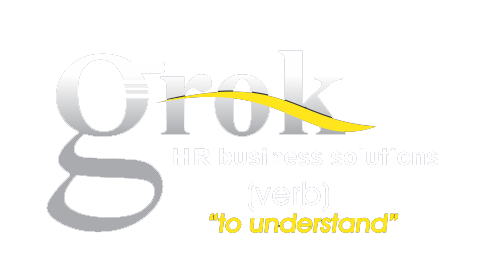New Employment Equity Sectoral Targets
The year 2025 marks the implementation of significant amendments to South Africa’s Employment Equity (EE) legislation, fundamentally altering how organisations approach workplace transformation. These amendments introduce key changes in the following areas:are:
Sectoral numerical targets
Designated employers https://www.grokon.biz/blog/preparing-for-the-2025-employment-equity-changes
Reporting requirements
Consultation and compliance
The Department of Employment and Labour (DoEL) has conducted virtual consultations with stakeholders across 18 economic sectors to discuss the proposed numerical targets. A key outcome of these engagements is the development of draft sectoral targets for designated groups by gender and not by specific racial group.
Notably, the target for the representation of persons with disabilities has been increased from 2% to 3% across all sectors, reflecting a strengthened commitment to workplace inclusivity. It is important to note, however, that these are draft targets, as they have not yet been published in the Government Gazette or on the DoEL website.
The DoEL continues to engage with stakeholders to finalise sector-specific targets, which are informed by workforce profile statistics derived from the 2024 EE reports. Interestingly, the DoEL has observed that some sectors have already surpassed the 2024 draft targets. For access to the current draft numerical targets, organisations are encouraged to consult the draft regulations available on the DoEL website.
Requirements for compliance:
Workplace Analysis and EE Plan Development: All designated employers must conduct a comprehensive workplace analysis and develop new employment equity plans in line with the amended legislation and final sectoral targets by 31 August 2025.
Sectoral Targets Alignment: Employers must align their EE plans with the sector-specific numerical targets issued by the Minister of Employment and Labour. These plans must include annual numerical goals designed to achieve the five-year targets.
Consultation and Reporting: Employers are required to consult meaningfully with trade unions and employee representatives to ensure alignment and buy-in for the updated EE plans.
Compliance Certificates: To qualify for state contracts and tenders, employers must obtain a compliance certificate, which requires adherence to the numerical targets and submission of all necessary reports.
Proposed timelines for DoEL:
April 2025:
Internal training for capacity building of EE labour inspectors on the EE amendments and EE Regulations, including the EE System
May-June 2025:
National EE workshops/ roadshows with employers, employers’ organisations,employees, trade unions, civil society, academics, HR practitioners, and EE Consultative Forum members conducted in all nine provinces to raise awareness and train stakeholders on how to implement the EE amendments and practical demonstration on how to utilize the EE System Online facilities to capture EE reports and request EE Certificate of Compliance
April-August 2025: Designated employers embarking on the process of conducting workplace analysis and developing new EE plans to align with the EE amendments and the published 5-year sector EE targets
By embracing these changes now, employers can lead the way in driving transformation—ensuring a seamless transition while building a more inclusive, diverse, and equitable workplace for the future.
Navigating the EE regulatory updates needn’t overwhelm you! Contact the EE experts at grok now to ensure full regulatory compliance in 2025 and beyond.
